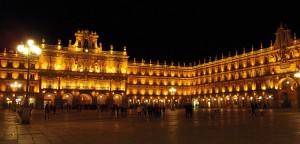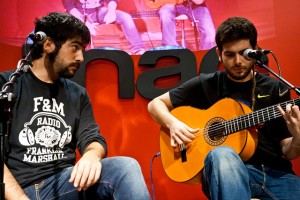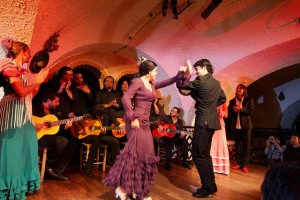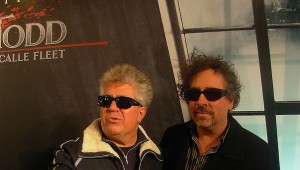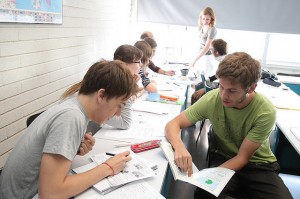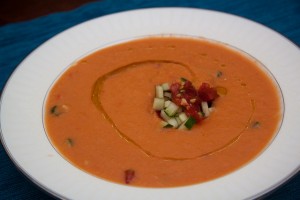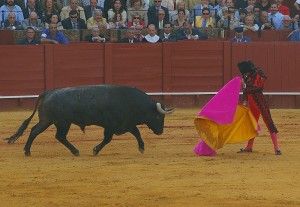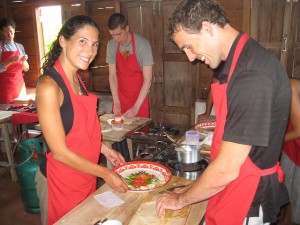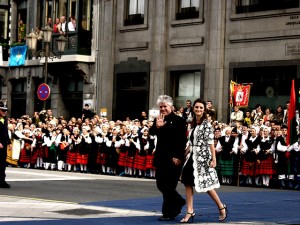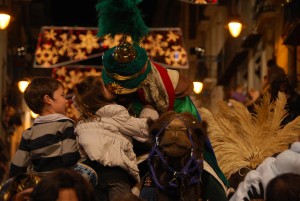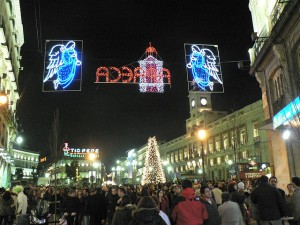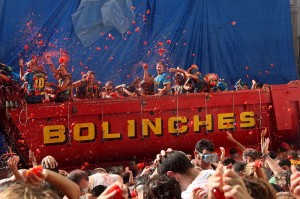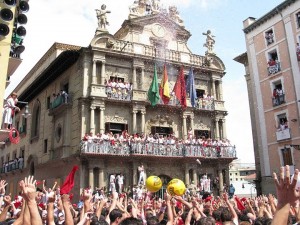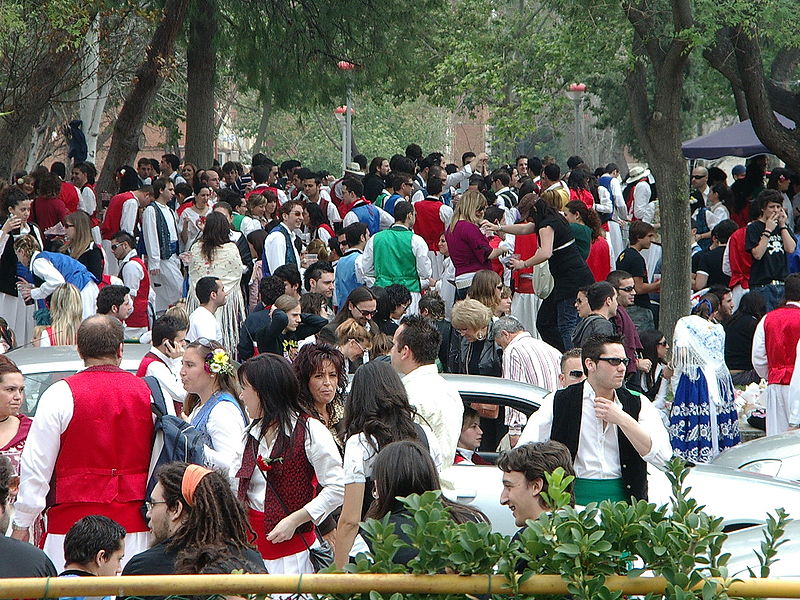The city of Salamanca is the Spanish student city of excellence, a very lively place with a great offer of activities for those students who are undertaking a course in a Spanish academy in Salamanca. We leave you 7 pieces of advice so you never get bored in this World Heritage city:
- ■ To visit the Playa Mayor of the city is like visiting the heart of Salamanca. Considered one of the most beautiful places inSpain, it has become the meeting place for tourists and students.
- ■ If you get a chance, do not miss the Holy Week in Salamanca. This celebration is worth seeing, receiving thousands of visits, it was declared of International Tourist Interest.
►…continue reading about the 7 best things students can do in Salamanca








